
Take a look at this article: A Guide to Popular Film Formats
Key takeaways:
- The 110 16mm film format is a compact and user-friendly option for amateur photographers and filmmakers.
- The cartridge-based design of the film format makes loading and unloading the film easy and convenient.
- The 110 format is capable of producing high-quality images with good color saturation and sharpness.
- Experimenting with different compositions and angles can result in unique and interesting images with the 110 film format.
- The small size of the 110 format allows for pocket-sized cameras and easy portability.
- Despite its small size, the 110 format is versatile and offers creative opportunities for photographers and filmmakers.
- The film format was introduced by Kodak in 1972 as a response to consumer complaints about the complexities of loading and unloading traditional roll film cameras.

All photo are from Lomography
About Film Format
The 16mm film format offers a higher resolution than 8mm film, while still being more affordable than 35mm film. One of the most common types of 16mm film is the 110 format. The 110 16mm film format is a cartridge-based film format introduced by Kodak in 1972 known for its small size and ease of use. Despite its size, the 110 format is capable of producing high-quality images with good color saturation and sharpness.
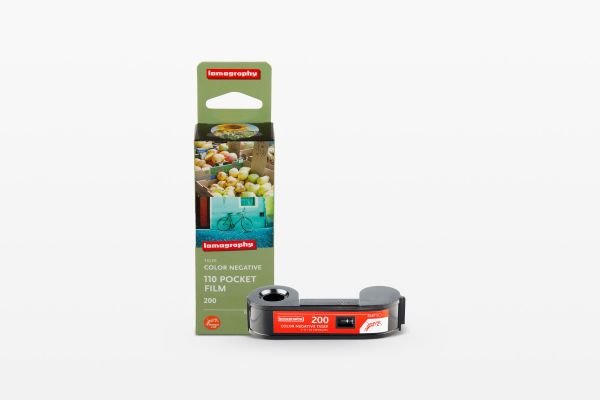
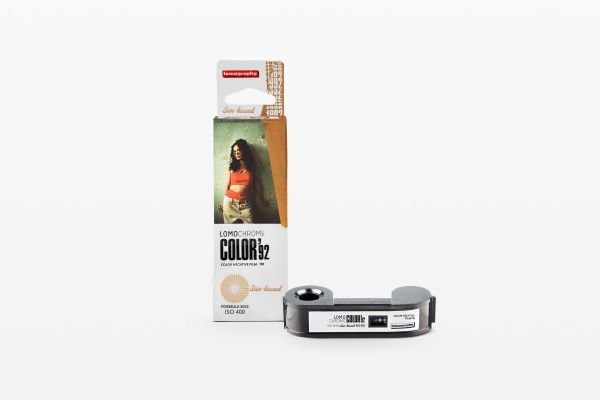
It is available in both color and black and white options, providing users with creative flexibility. When using the 110 format, it is important to choose the right film speed, load the film correctly, use a steady hand while shooting, and experiment with different compositions.
Specifications and Features
Best Place to Buy Your New 16mm Roll of Film:
For a comprehensive understanding, you might also want to check out this 828 film format guide.
- Size: The image size is 13 mm × 17 mm (0.51 in × 0.67 in)
- Exposures: Cartridge-based film format
- Emulsion Range: Available in color and black and white
- ISO Ratings: Range of film speeds available
- Processing: CVS Photo, TDR Film Developing
Where to Get It
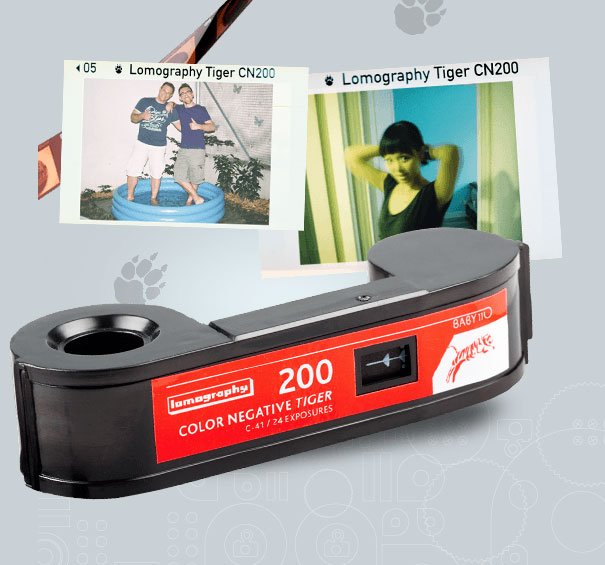
If you’re looking to get 110 film, there are a few places to check out:
- Specialized Camera Shops: Many local or online camera shops still stock vintage and specialty films, including 110 film.
- Online Marketplaces: Websites like Freestyle Photo, Amazon, and B&H Photo often have 110 film.
- Film Brands: Companies like Kodak and Lomography still produce 110 film. You can find Kodak’s 110 film options directly on their website or through other online retailers that stock film.
You might want to check out our guide on 127 format film for alternative options
Get 110 Film Here:
Pros and Cons
| Advantages | Disadvantages |
|---|---|
| Compact Size: The 110 film format is very small, making it perfect for pocket-sized cameras. Its portability is one of the key reasons it became so popular, particularly for amateur photographers who wanted an easy, on-the-go camera experience. | Small Negative Size (Lower Resolution): The small size of the 110 film negatives (half the size of 35mm film) limits the level of detail and sharpness you can achieve. Enlarging prints from 110 film can result in grainy, low-resolution images, which might not be ideal for high-quality enlargements or professional work. |
| Ease of Use: The 110 film is housed in a cartridge that’s easy to load into the camera. Unlike traditional roll films, there’s no threading required, which reduces the potential for mistakes when loading the film. Simply drop the cartridge into the camera, close the back, and start shooting. | Limited Image Quality: Due to the small negatives, 110 film is often associated with softer, less sharp images. While it’s fine for everyday snapshots, it may not meet the quality expectations of photographers accustomed to larger formats. |
| No Rewinding Required: When you finish a roll of 110 film, there’s no need to rewind it. The film is automatically contained inside the cartridge, so it’s protected and easy to remove when you’re done, which simplifies the process for beginners and casual photographers. | Fewer Camera Options: While there are still some cameras that take 110 film, the number of modern cameras that use this format is limited. Most 110 film cameras are vintage or low-cost point-and-shoot models, which may not have the advanced features or manual control options that more serious photographers desire. |
| Color and Black & White Options: 110 film is available in both color and black-and-white versions, offering flexibility in creative choices. You can experiment with different looks depending on your project or personal preference. | Harder to Scan and Enlarge: Because of the small size of the film, getting high-quality scans can be more challenging. You might find it difficult to digitize the negatives with the level of detail you’d expect, especially if you’re aiming for large prints or high-quality digital files. |
| Low-Cost and Accessible: For a while, the 110 format was an affordable way for photographers to experiment with film. The small negatives also made it a more affordable choice compared to larger film formats like 35mm or 16mm. $8 at B&H Photo | Limited Availability: While 110 film is still produced by some brands like Kodak and Lomography, it is not as widely available as more popular formats like 35mm or 120. Finding the film, especially in specific types (e.g., slide film), can be more difficult and may require searching through specialty shops or online sources. |
Cameras using APS format film
- Lomography Diana Baby 110 get it here at freestylephoto.com

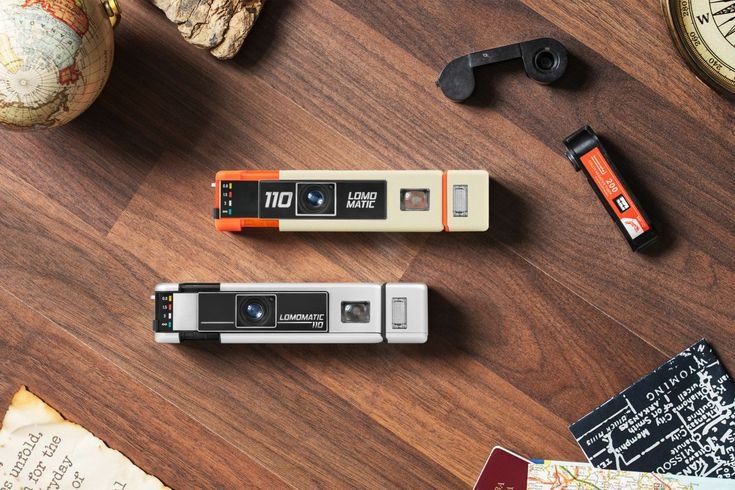
- Kodak Star 110
A simple point-and-shoot camera that was easy to use, designed with a small, lightweight body ideal for casual photographers. It used a fixed-focus lens and had automatic exposure settings.
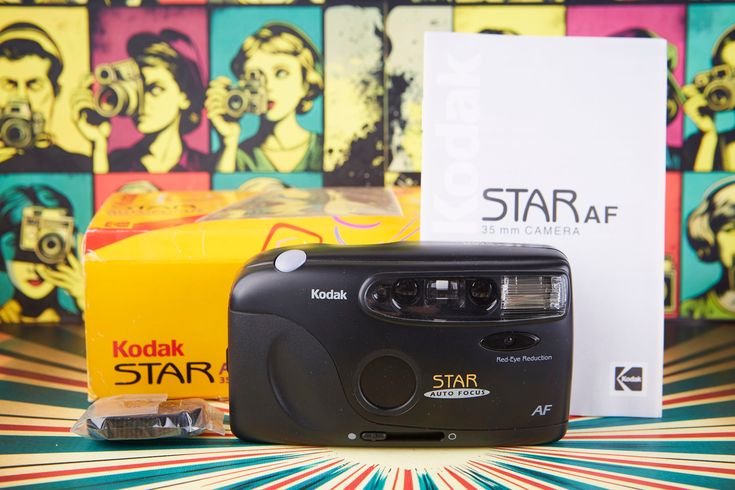
- Lomography Fisheye 110
A fun, modern take on the 110 format, this camera features a fisheye lens and produces wide, circular images with a unique look. It’s part of Lomography’s line of experimental cameras, giving a creative twist to 110 film photography.
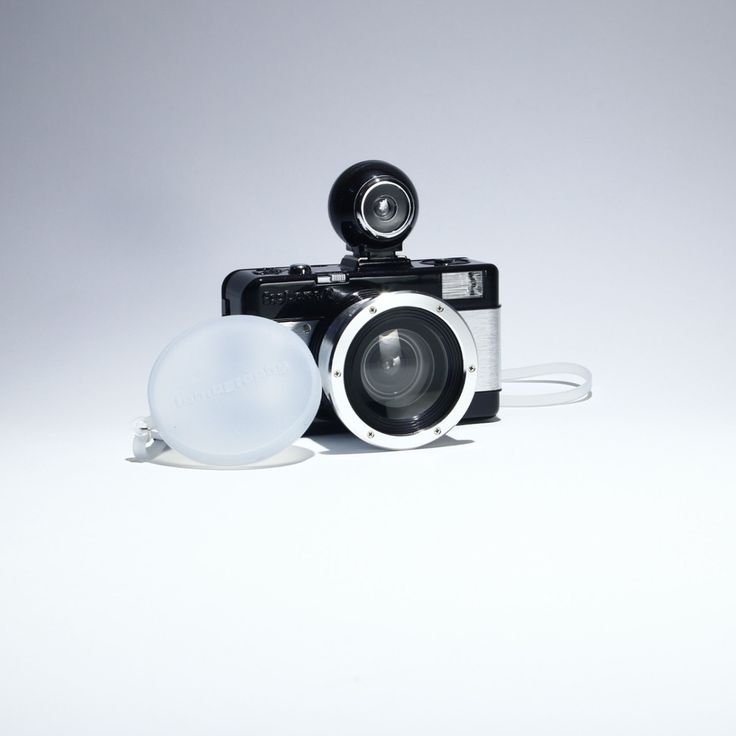
- Kodak FunSaver 110 get it Freestylephoto.com or B&H Photo
A disposable 110 film camera from Kodak, designed for simplicity and ease of use. It’s a no-frills, affordable option for people who just want to capture casual snapshots without worrying about the complexity of loading or handling film.
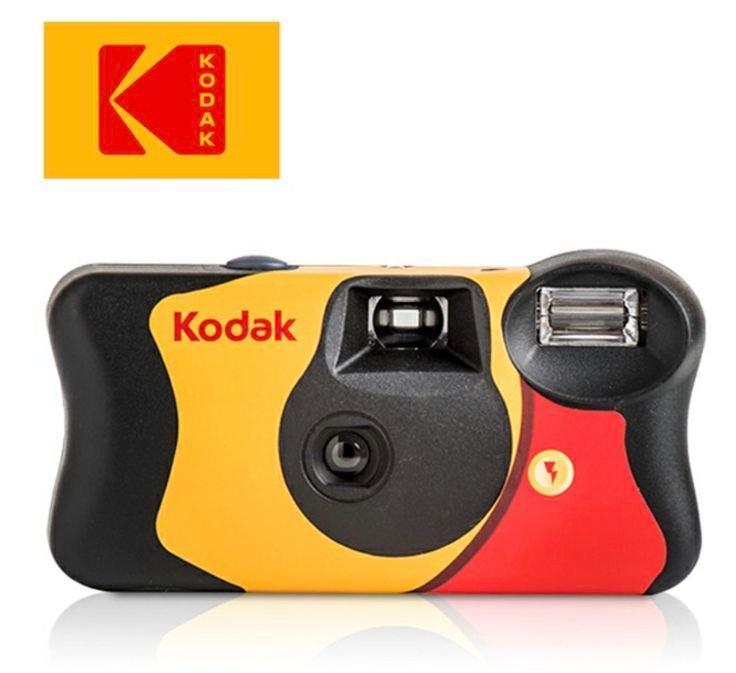
- Agfa Click 110
A vintage 110 camera from Agfa, similar in style to Kodak’s Instamatic series. It featured a simple plastic body and an easy-to-use design, suitable for snapshot photography.
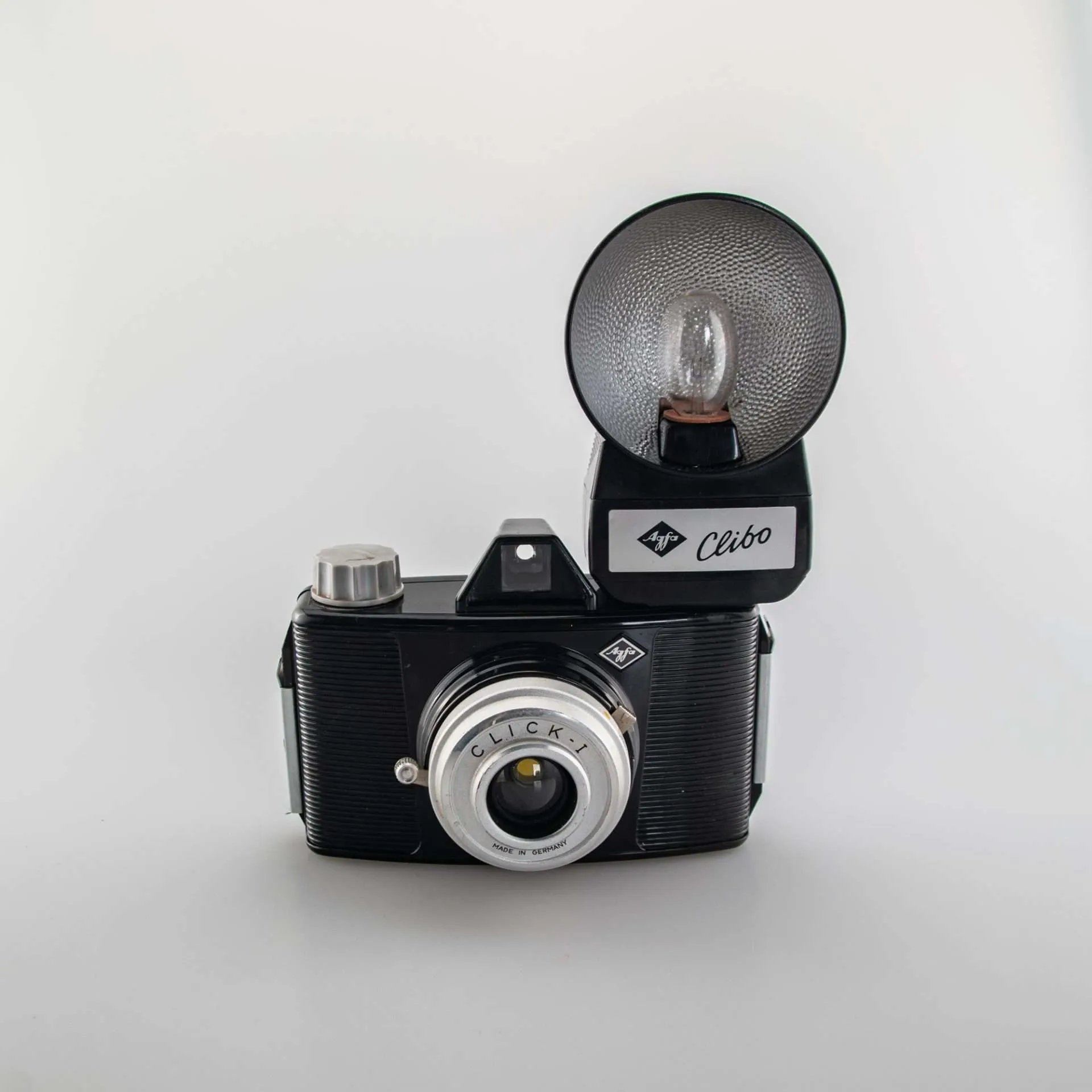
In conclusion, The 110 film format is a great choice for those seeking a compact, easy-to-use film experience, particularly for casual shooting or nostalgic purposes. However, it comes with limitations in image quality and resolution, which may not suit all types of photography, particularly if you’re looking for high-quality enlargements or detailed images. If you’re after a vintage or pocket-sized photography experience, 110 film is a fun and accessible format to explore!
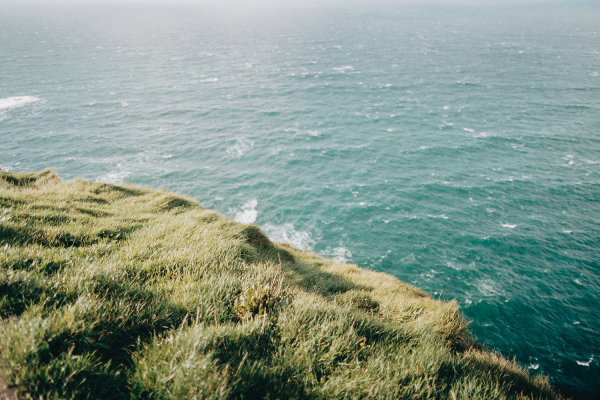



Leave a Reply